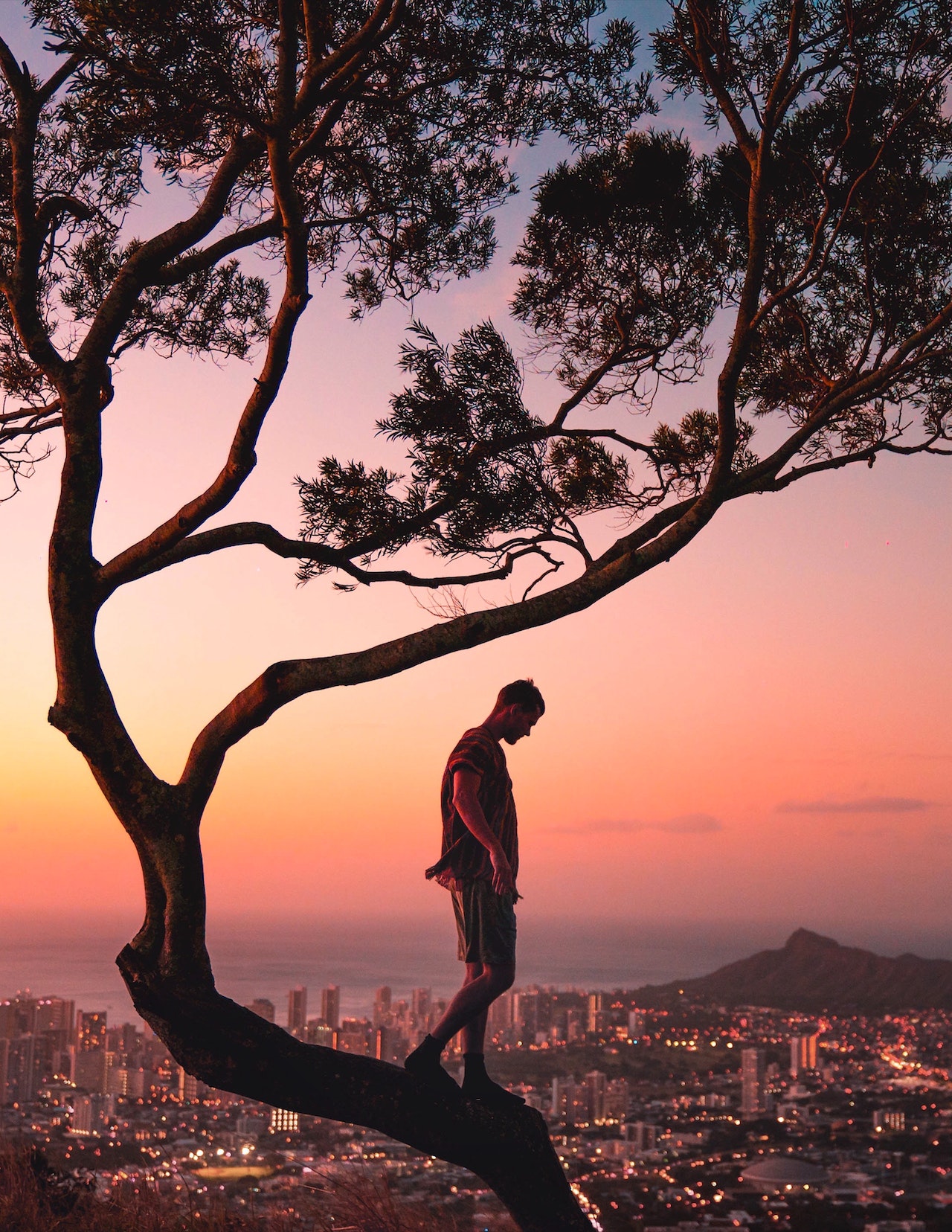Mastering the Art of Outdoor Photography

If you love taking photos as you travel and are looking to up your game, read on for ways to master the art of outdoor photography. Outdoors things can change quickly, and the elements aren’t always in your favor. However, there are some tips and techniques that can help you to improve your skills and take better travel and outdoor shots.
Plan your shots:
Before you go out to shoot, spend some time planning what you want to capture. If you’re hitting a certain location, do some research first. Consider any interesting angles or backdrops you might want to use there. Of course, not everything needs to be planned to the letter; however, having a good idea of what you will shoot before the day will help you get into your stride and ensure you don’t miss out on any great shots.
Pay attention to light:
Light is one of the most important elements in outdoor photography, so pay attention to the quality and direction of light when you’re shooting. Although you don’t have any control over the light when shooting outdoors, you can help yourself by choosing to shoot at optimal times. The best time tends to be early in the morning or late in the day when the lighting is golden and soft.
Use the right equipment:
While the price tag of your equipment certainly does not dictate the quality of photographs, you should consider what type of camera will be best for the style of imagery you want to shoot. A tripod can also be helpful to stabilize your shot. In addition to camera gear, you may want to consider other things you might need. Always take a drink of water, or if you’re hoping to shoot wildlife, take some nuts or seeds. If you suffer from hay fever, head over to chemistclick.co.uk before you venture out to ensure your shots won’t be interrupted by your allergy symptoms. Plan your day and what you’ll need to take with you to give yourself optimal shooting conditions.
Composition is key:
Think about the composition of your shots and how you can use elements like lines, shapes, and colors to create dynamic images. Consider using the rule of thirds, leading lines, and other compositional techniques to guide the viewer’s eye. Alternatively, look at photographers you like and admire. How do they shoot? Do they favor certain compositions? Think Juergen Teller and his unique use of negative space. Use other photographers as a source of inspiration!
Practice makes perfect:
The more you shoot, the better you’ll get. Take your camera with you wherever you go and look for opportunities to practice your skills. Try different techniques and experiment with different settings to see what works best for you. This is the only way to find your style.
By keeping these tips in mind and practicing regularly, you can master the art of travel and outdoor photography and capture stunning images that truly showcase the beauty of the world around you in a unique way that only you can see.